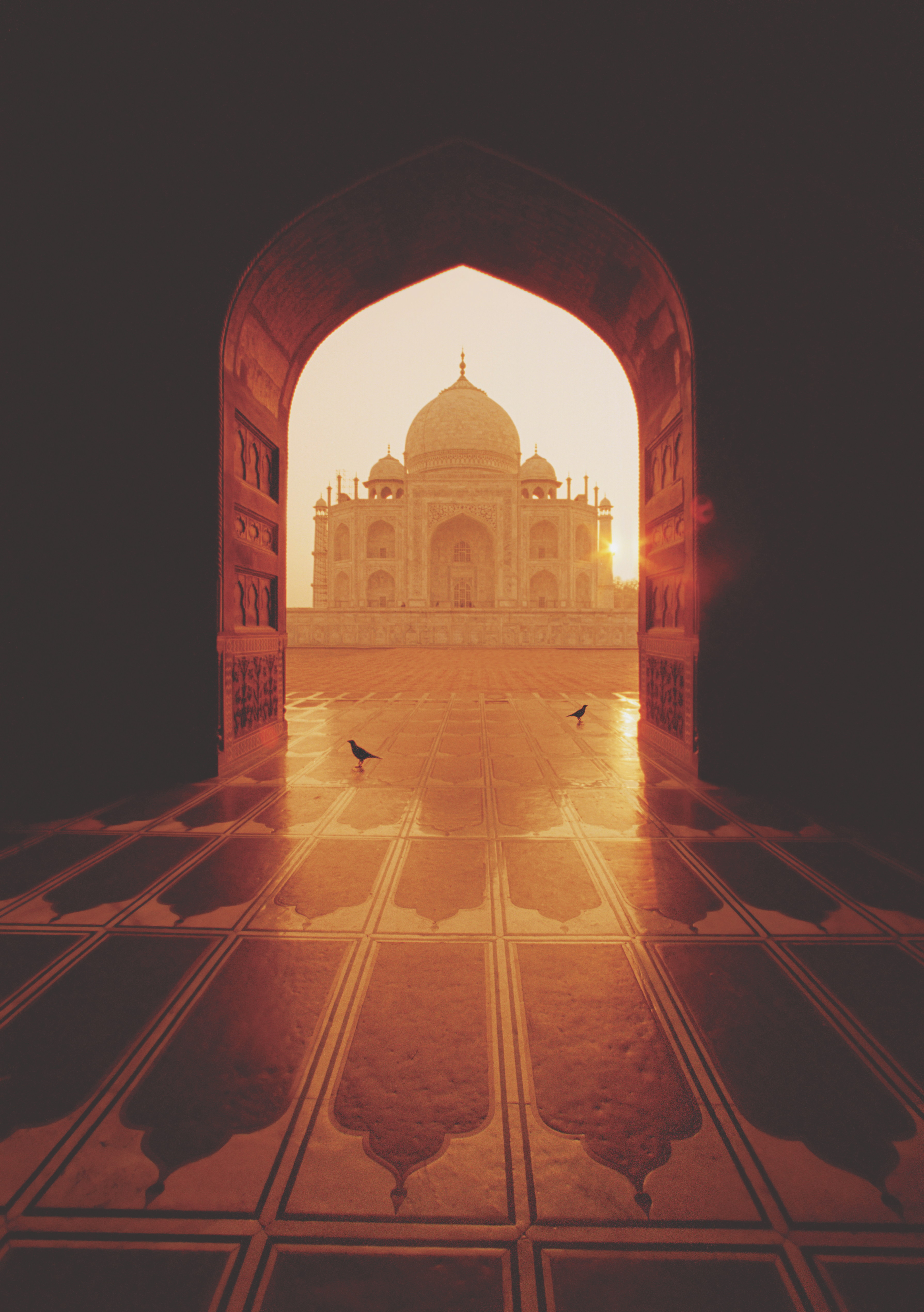One of the world’s most recognisable buildings, the Taj Mahal in Agra, was built between 1632 and 1653 at the behest of Shah Jahan, the fifth Mughal emperor. Shah Jahan was a patron of painting and architecture; the Taj Mahal, a mausoleum devoted to his beloved third wife. The Mughal Empire was under siege during his rule. Khandahar, in present-day Afghanistan, was lost to the Persians in 1649 and Shah Jahan faced uprisings in the Deccan Plateau. He was fighting one of the latter campaigns when Mumtaz died in childbirth. The devastated emperor entered seclusion for a year, reportedly re-emerging with white hair and a stoop. It is said that his dying wife requested he never remarry and that she be honoured with a mausoleum.
Bio: Mumtaz Mahal means ‘favoured one of the palace.’ She was born Arjumand Banu Begum in 1593 of Indian and Persian descent. Aged 19, she married Prince Khurram, crowned Shah Jahan in 1628. The emperor was devoted to her and she accompanied the royal entourage. In 1631 she died in Burhanpur giving birth to their 14th child, a girl named Gauhara Begum.
To discover the answers to more history questions, pick up a copy of All About History today.

